
Ukraine’s ferrous scrap deficit boosts imports
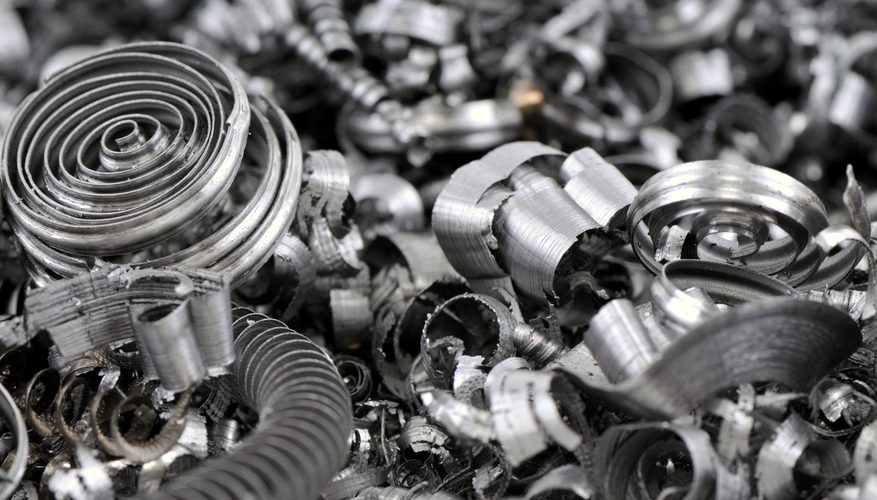
Ukrainian imports of ferrous scrap in January-October rose by 46pc on the year to 45,669t, of which 59.2pc and 31.6pc came from Turkey and Russia, respectively. The cost of imports in this period was $29.5mn, up by 1.8pc on the year.
Domestic scrap prices were more competitive compared to seaborne material but a sustained period of domestic supply shortage prompted mills to increase seaborne intakes.
Domestic prices were about 4,900 hryvnias/t ($199.95/t) in mid-October, while import prices were about $256/t, industry association UAVtormet said. Export prices averaged $141/t fob Black Sea before the €58/t export duty.
These domestic and export price levels are considered insufficient and drove many scrap suppliers to cut operations.
As a result, domestic shipments to Ukrainian steel mills fell by 5pc on the year to 2.6mn t in January–October. This is 5pc below mills' requirement. Supply rose in October to 250,000t, up by 8.7pc on the month, and helped boost steelmakers' stock levels on 1 November by 55.5pc on the month to 140,000t, data from state-controlled metals association Ukrmetallurgprom show.
The introduction of a higher scrap export duty brought Ukrainian scrap exports to a halt for a fifth consecutive month in October. The country's exported volume that month was the lowest so far this year.
Ukraine's ferrous scrap exports were 7.8 times lower year on year in January-October, totalling 40,736t, the state fiscal service said. They generated revenue of $11.31mn, down by 89pc on the year.
The country exported 103t of ferrous scrap in October, the lowest monthly exported volume so far this year, with January–October export deliveries of 40,736t being 7.8 times lower than last year's 10-month total of 316,196t, the custom data from the state fiscal service show.
The Argus assessment for Russia-Ukraine A3-grade ferrous scrap fob Black Sea averaged $250.01/t in January-October, compared with an average of $294.35/t in the same period last year.
Turkey was the main buyer of Ukrainian scrap in January-October, accounting for 86.7pc of the market. It was followed by the Netherlands and Germany at 6.5pc and 4.8pc, respectively.


Codelco seeks restart at Chilean copper mine after collapse

Uzbek gold miner said to eye $20 billion value in dual listing

Hudbay snags $600M investment for Arizona copper project
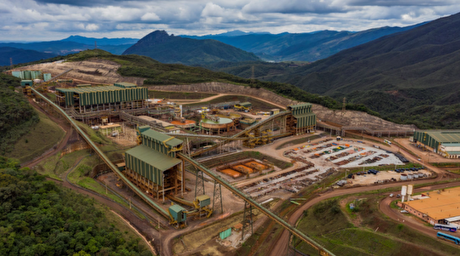
BHP, Vale offer $1.4 billion settlement in UK lawsuit over Brazil dam disaster, FT reports

Peabody–Anglo $3.8B coal deal on the brink after mine fire
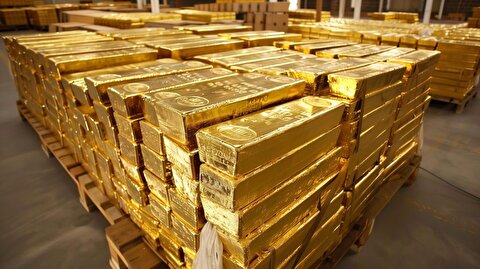
A global market based on gold bars shudders on tariff threat
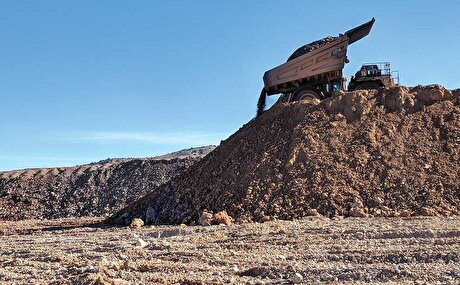
Minera Alamos buys Equinox’s Nevada assets for $115M
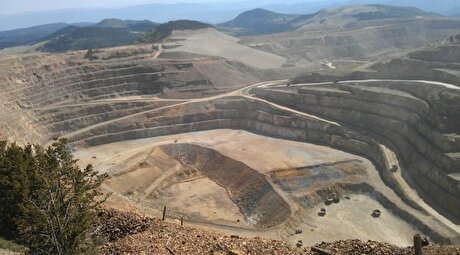
SSR Mining soars on Q2 earnings beat

Century Aluminum to invest $50M in Mt. Holly smelter restart in South Carolina
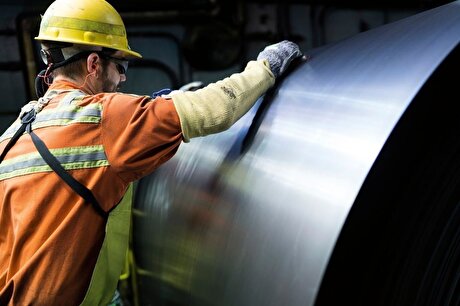
Cleveland-Cliffs inks multiyear steel pacts with US automakers in tariff aftershock
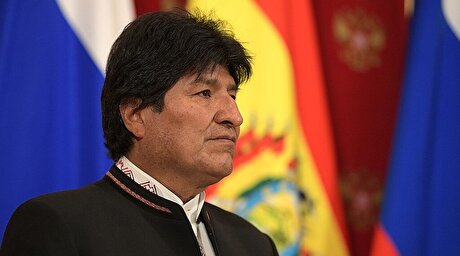
Bolivia election and lithium: What you need to know

Samarco gets court approval to exit bankruptcy proceedings
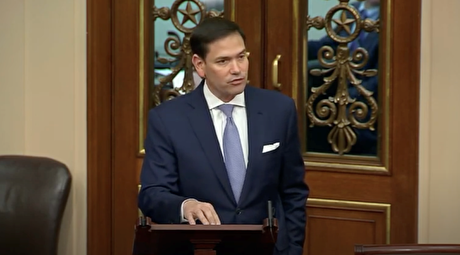
US eyes minerals cooperation in province home to Reko Diq

Allegiant Gold soars on 50% financing upsize
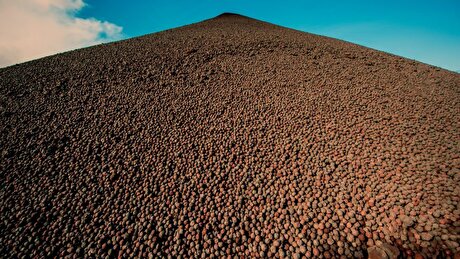
Explaining the iron ore grade shift

Metal markets hold steady as Trump-Putin meeting begins
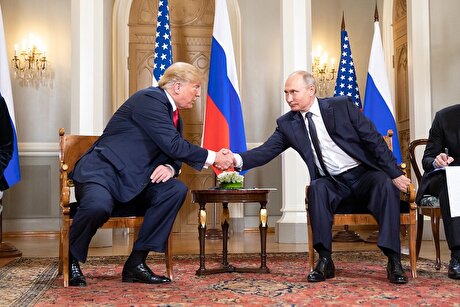
Trump to offer Russia access to minerals for peace in Ukraine

Gemfields sells Fabergé luxury brand for $50 million

Gold price stays flat following July inflation data

Cleveland-Cliffs inks multiyear steel pacts with US automakers in tariff aftershock

Bolivia election and lithium: What you need to know

Samarco gets court approval to exit bankruptcy proceedings

US eyes minerals cooperation in province home to Reko Diq

Allegiant Gold soars on 50% financing upsize

Explaining the iron ore grade shift

Metal markets hold steady as Trump-Putin meeting begins

Trump to offer Russia access to minerals for peace in Ukraine

Gemfields sells Fabergé luxury brand for $50 million














